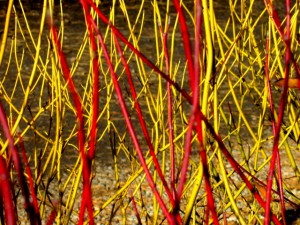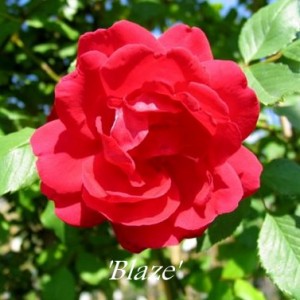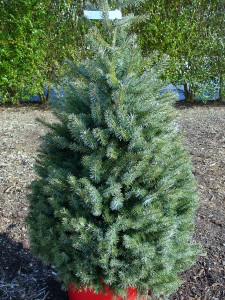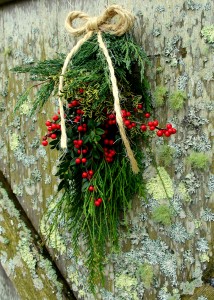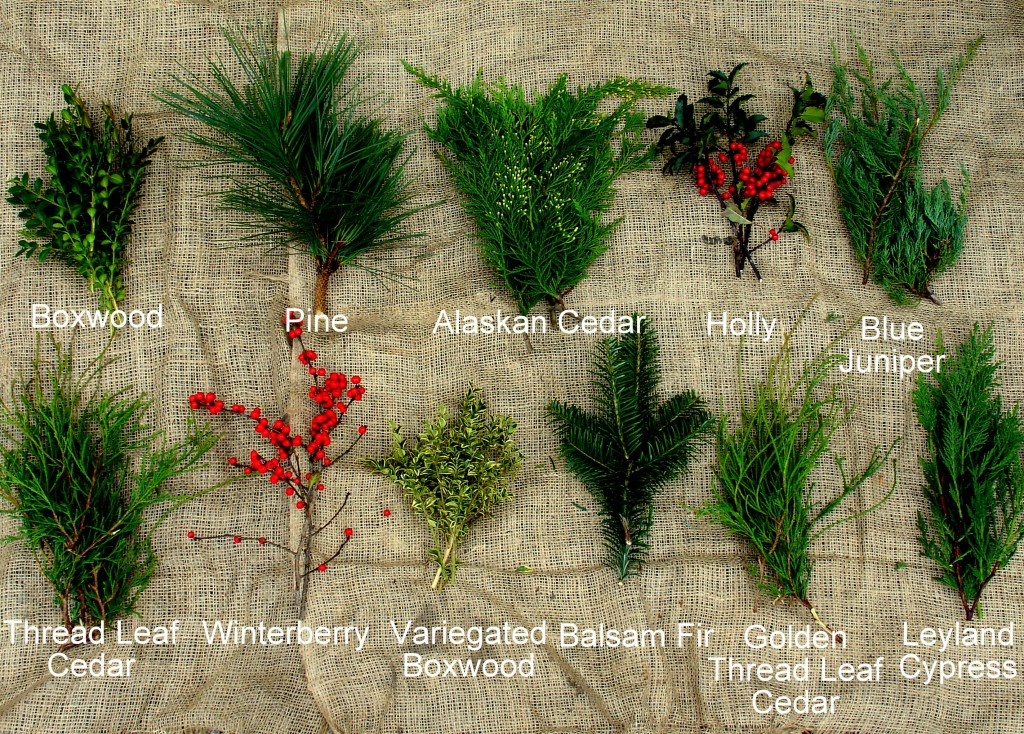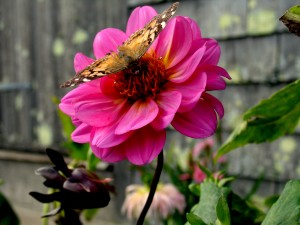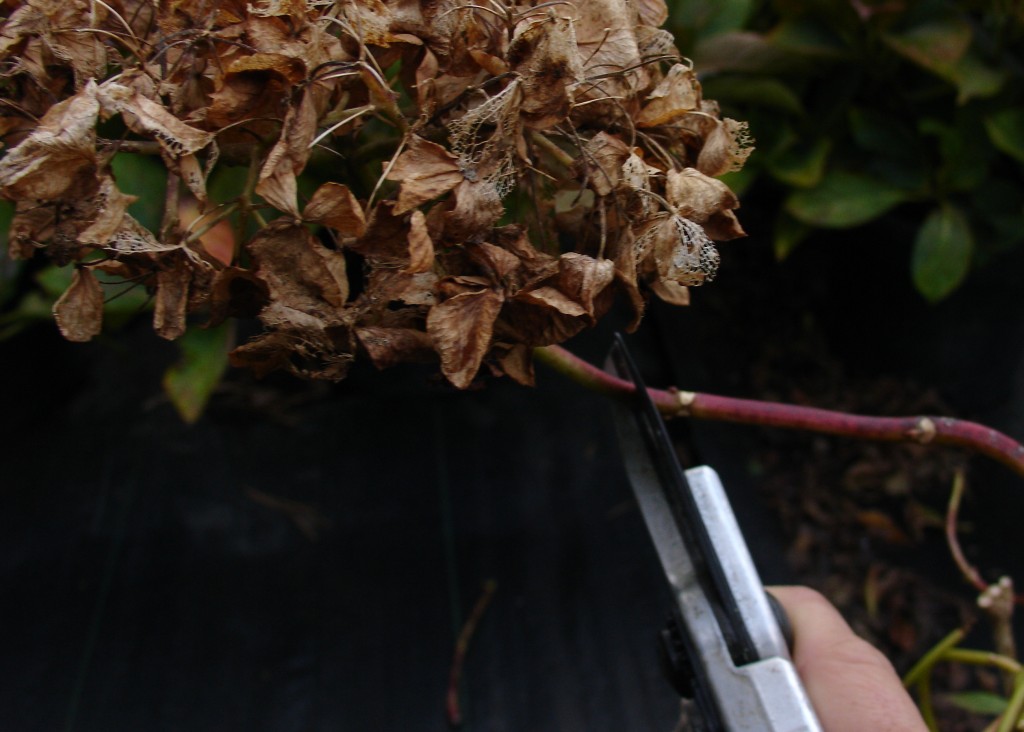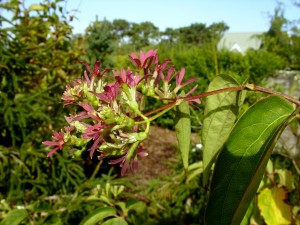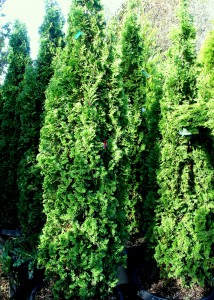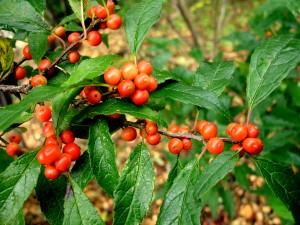Warm winter days are the perfect opportunity to finish up some of the chores you might not have been able to get to in the Fall. Just be careful not to work on days when the soil is overly soggy. Walking in and out of your garden spaces can cause soil compaction. Here are a few things that you can do when the wind dies down and your energy is high:
- Pruning – Almost any woody plant can be pruned this time of year. Just be careful with spring flowering shrubs; most of these set their flower buds last year at the tips their branches. Pruning plants like Azaleas, Rhododendrons, Weigela, and spring flowering Viburnums this time of year can leave you with little or no blooms. But its a great time to do formative pruning on ornamental trees. Most summer-flowering shrubs prefer to be pruned while dormant, including roses. One of the first tasks landscapers do when they return to the field is Hydrangea pruning. If the pros can do it, so can you!
- Garden Cleanup – If you take the time to clean up your garden now, you can take it easy and wait for the daffodils to pop up in their tidy beds this spring. You can cut down ornamental grasses and any perennials still left standing. Rake up the pine needles that have piled up on the lawn.
- Top Dressing – There is still time to top dress your flower and vegetable beds with compost or manure. The rain, snow and freezing and thawing of late winter will weather the nutrients into the soil. It only takes a few consecutive days of warm weather for soil organisms to begin breaking down the remaining organic matter on the surface, making nutrients available to your plants when they awaken in the spring.

